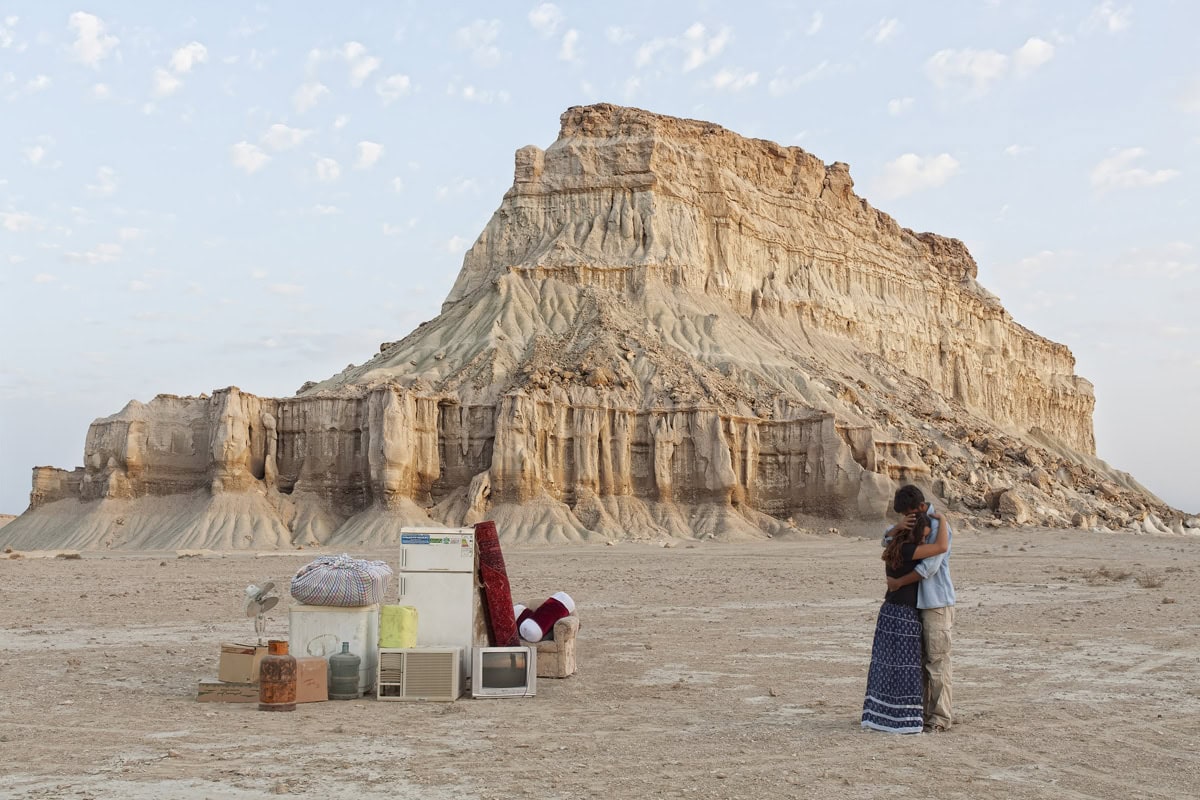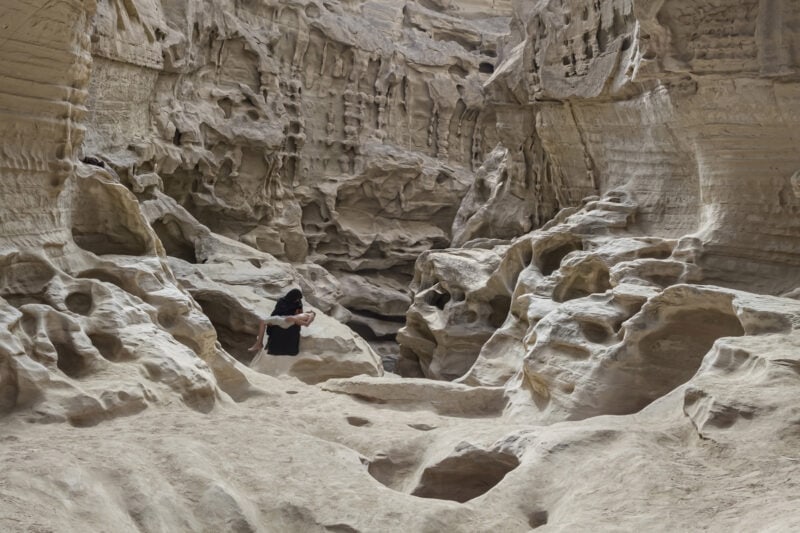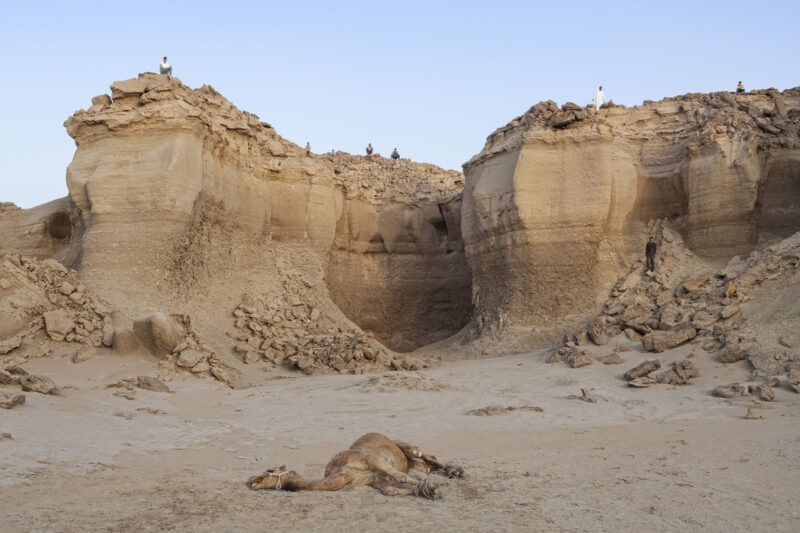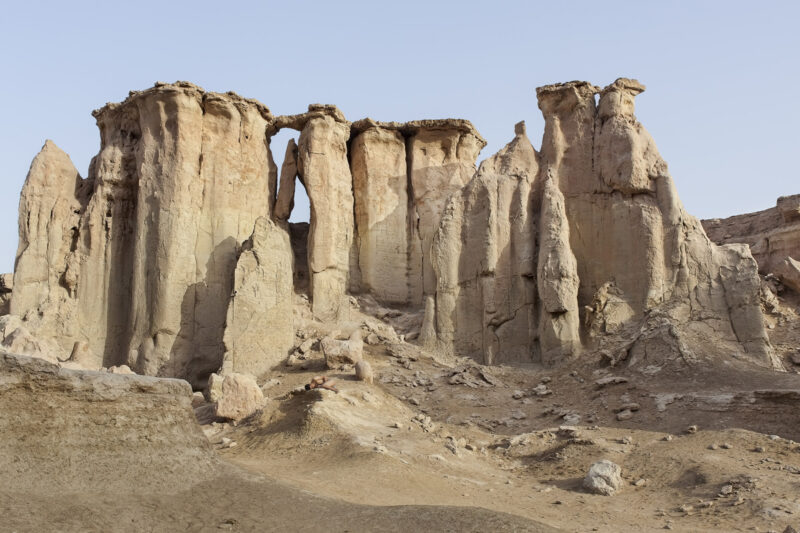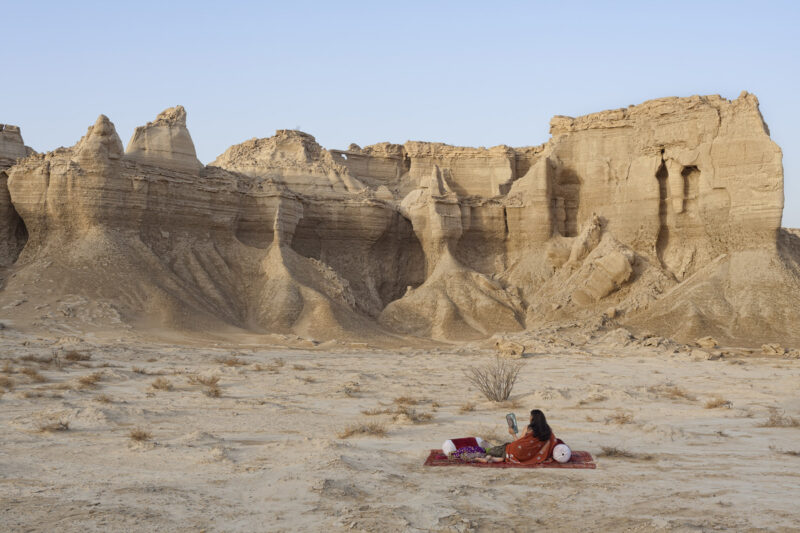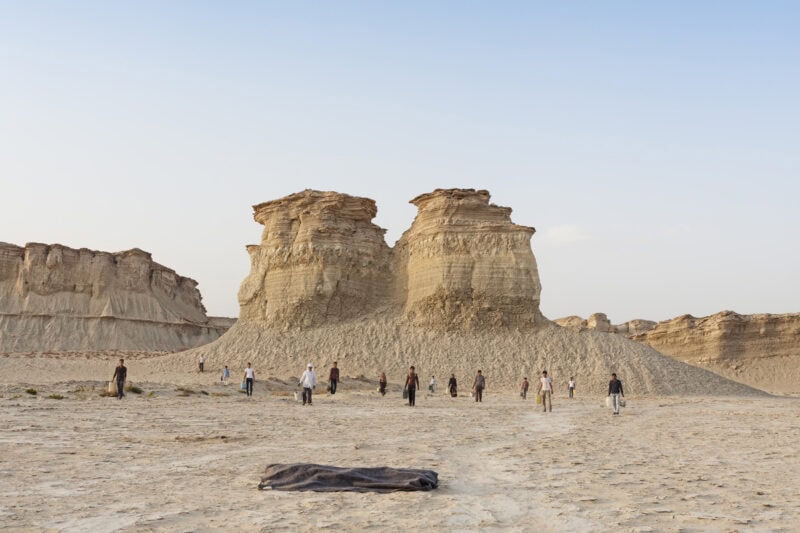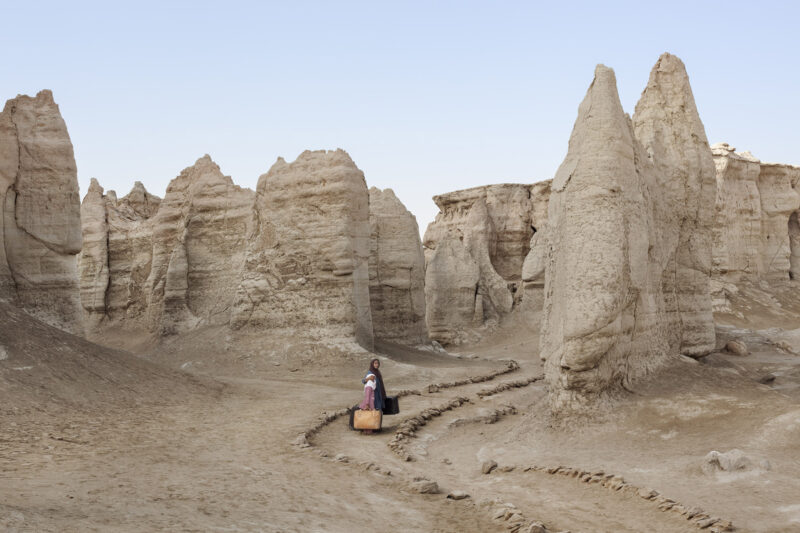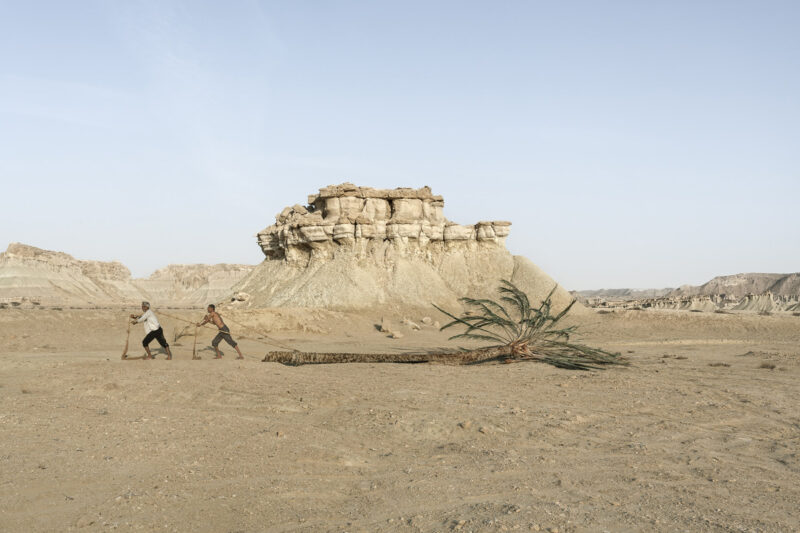Gohar Dashti received her M.A. in photography from the Tehran University of Art in 2005. For the past 17 years, she has been making large scale photography with a particular focus on social issues. Her work references history and contemporary culture, as well as the convergence of anthropological and sociological perspectives; employing a unique, quasi-theatrical aesthetic, she brings to bear a diverse intellectual and cultural experience to illuminate and elaborate upon her perception of the world around her.
In her most recent works, Dashti has explored, through her highly stylized, densely poetic observations of human and plant-life, the innate kinship between the natural world and human migrations. Fascinated with human-geographical narratives and their interconnection to her own personal experiences, Gohar Dashti believes that nature is what connects her to the multiple meanings of ‘home’ and ‘displacement’, both as conceptual abstractions, and as concrete realities that delineate and contour our existence. The result is a series of quirky landscapes and portraits, as lush as they are arch, inciting questions about the immense, variegated, border-eschewing reach of nature – immune to cultural and political divisions – and the ways in which immigrants inevitably search out and reconstruct familiar topographies in a new, ostensibly foreign land.
Gohar Dashti’s works have found homes around the globe in the permanent collections of the Victoria and Albert Museum, London; the Mori Art Museum, Tokyo; the Museum of Fine Arts, Boston; the Smithsonian Museum, Washington D.C.; the Nelson-Atkins Museum of Art, Kansas City; the National Gallery of Art, Washington, D.C.; the Museum of Contemporary Photography (MoCP), Chicago, and Kadist Art Foundation, Paris. She has been awarded numerous art fellowships including a MacDowell, Peterborough, NH (2017 and 2021), DAAD award, Berlin (2009-2011) and Visiting Arts (1Mile2 Project), Bradford/London (2009).
About Stateless – words by Gohar Dashti:
In every corner of the world, devastations of war, massacres, oppression, disease and death are the cause of widespread human disorders with no imaginable ending. When disasters force people to migrate, where would they be welcomed with open arms? Hoping for a better life, they struggle in a never-ending limbo, a strange place with no identity that does not belong to them. Maybe it is only at this point when nature can be a safe haven for these refugees. The sky becomes the ceiling and mountains the walls of their new home; because Nature is the only promising place that shelters these people, an eternal and everlasting refuge.
